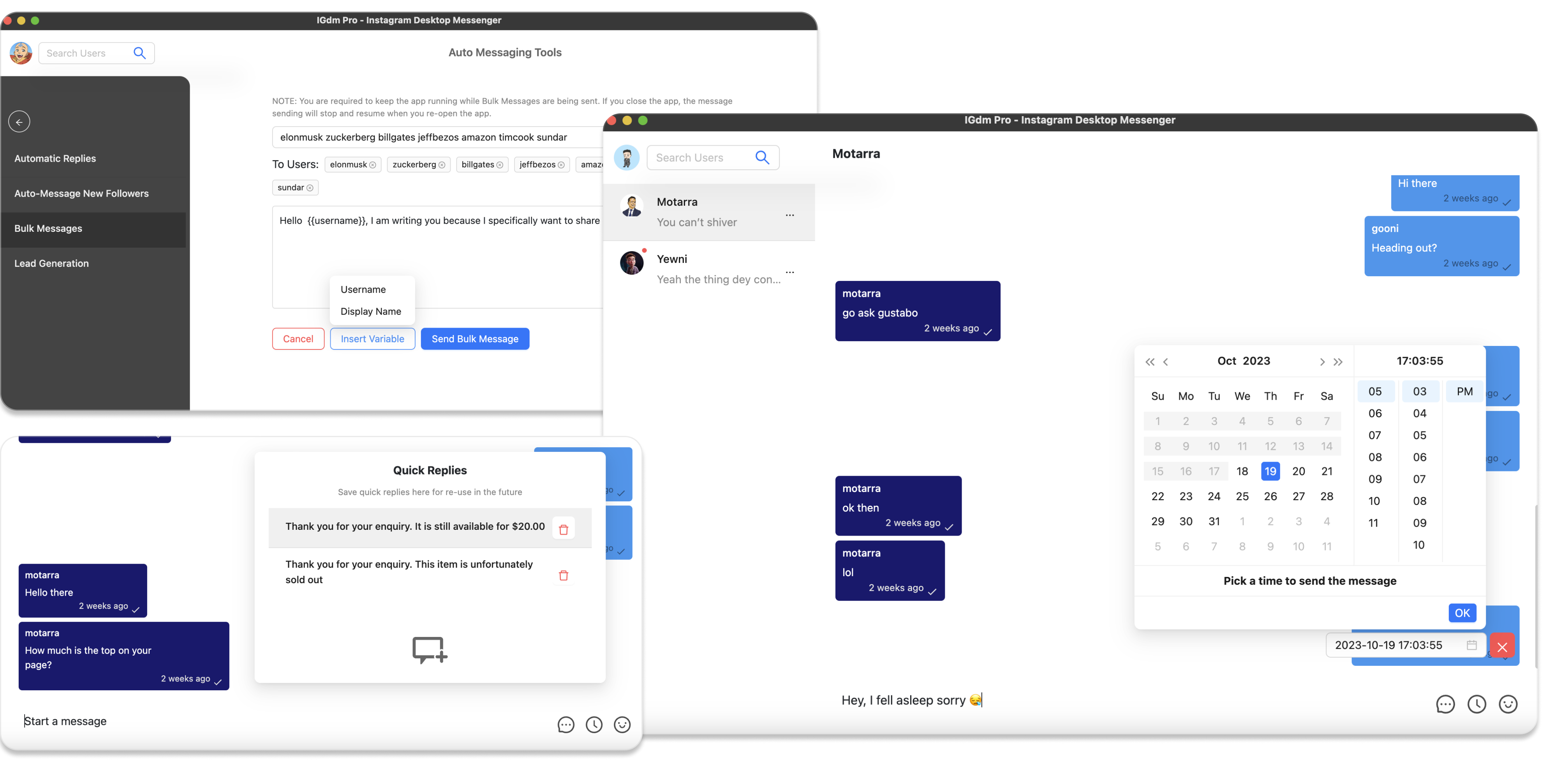How to Create Instagram Content Calendars That Convert
Table of Contents
- Introduction
- What is an Instagram Content Calendar?
- Why You Need a Content Calendar That Converts
- Step-by-Step Guide to Creating a Content Calendar That Converts
- Tools to Streamline Your Content Calendar
- Measuring Success and Optimizing Your Calendar
- Conclusion
Introduction
An Instagram content calendar is more than just a schedule; it's a strategic tool that can transform your social media presence from a scattered collection of posts into a powerful conversion engine. This guide will walk you through how to create Instagram content calendars that not only keep you organized but also drive meaningful results for your business.
What is an Instagram Content Calendar?
An Instagram content calendar is a schedule that outlines your upcoming posts. It typically includes details such as the posting date and time, the content format (e.g., Reel, Carousel, Story), the caption, and the hashtags. A well-structured calendar ensures a consistent and strategic approach to your Instagram marketing.
Why You Need a Content Calendar That Converts
A content calendar is essential for several reasons:
- Consistency: It helps you maintain a regular posting schedule, which is crucial for audience engagement and algorithm favorability.
- Time-Saving: By planning your content in advance, you can avoid the daily scramble for post ideas.
- Strategic Alignment: It ensures that every post aligns with your overall marketing goals.
- Improved Conversions: A strategic calendar helps you guide your audience through the customer journey, from awareness to conversion.
Step-by-Step Guide to Creating a Content Calendar That Converts
Step 1: Define Your Goals & KPIs
Start by defining what you want to achieve. Your goals should be SMART (Specific, Measurable, Achievable, Relevant, Time-bound). Key Performance Indicators (KPIs) will help you track your progress.
- Goals: e.g., "Increase website traffic by 20%," or "Generate 50 leads per month."
- KPIs: Website clicks, conversion rate, lead generation form fills.
Step 2: Understand Your Audience
Deeply understand your target audience. Create buyer personas that include demographics, interests, pain points, and online behavior. This will help you create content that resonates and converts.
Step 3: Brainstorm Content Pillars and Ideas
Content pillars are 3-5 core themes that your brand will consistently talk about. For a fitness brand, pillars might be "Workout Tips," "Healthy Recipes," and "Client Success Stories." Brainstorm ideas under each pillar.
Step 4: Choose Your Content Mix and Formats
A successful Instagram strategy uses a variety of content formats to keep the audience engaged. Plan a mix of:
- Reels: For short, entertaining, and educational video content.
- Carousel Posts: For in-depth guides, tutorials, and storytelling.
- Single Image Posts: For high-impact visuals and announcements.
- Instagram Stories: For daily, informal engagement, polls, Q&As, and behind-the-scenes content.
Step 5: Plan Your Posting Schedule
Use Instagram Insights to determine when your audience is most active and plan your posting schedule accordingly. Consistency is more important than frequency, so choose a schedule you can stick to.
Step 6: Create and Curate Your Content
With your plan in place, it's time to create your content. Batch-create your visuals and captions for the week or month to save time and maintain a cohesive aesthetic.
Step 7: Write Compelling Captions with CTAs
Your captions are your opportunity to engage your audience and drive them to action.
- Tell a Story: Connect with your audience on an emotional level.
- Provide Value: Share tips, insights, or information that your audience will find useful.
- Include a Clear Call-to-Action (CTA): Tell your audience what you want them to do next (e.g., "Click the link in our bio," "DM us for more info," "Save this post for later").
Tools to Streamline Your Content Calendar
- Scheduling Tools: Platforms like Later, Buffer, or Planoly help you schedule posts in advance.
- Design Tools: Use Canva or Adobe Spark to create professional-looking graphics.
- DM Automation Tools: A well-planned content calendar will drive more engagement, including DMs. A tool like IGdm Pro can help you manage this influx of messages efficiently. With features like Automated Welcome Messages, Auto-Replies to common questions, and Bulk Messaging for targeted outreach, you can nurture the leads your content generates without being tied to your inbox.
Measuring Success and Optimizing Your Calendar
Regularly review your Instagram Insights to track your performance against your KPIs.
- Analyze Top-Performing Content: Identify what resonates with your audience and create more of it.
- Track Conversion Metrics: Use UTM codes and analytics to track how many website clicks, leads, and sales are generated from your Instagram efforts.
- Iterate and Optimize: Use this data to refine your content calendar for the following month.
Conclusion
A content calendar that converts is a powerful tool for any business on Instagram. By setting clear goals, understanding your audience, and creating a strategic mix of valuable content, you can turn your Instagram presence into a reliable driver of business growth. And by leveraging the right tools, you can do it all with efficiency and scale.
